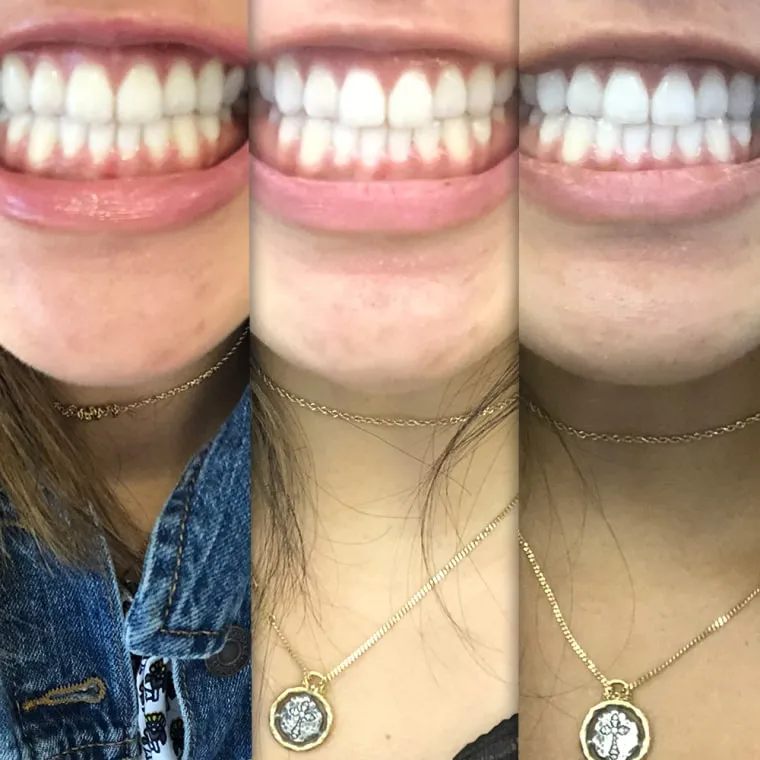Understanding UV Light in Teeth Whitening
Teeth whitening has become a popular cosmetic procedure, and UV light technology plays a significant role in enhancing the process. This article delves into the science behind UV light and its application in teeth whitening, exploring how it interacts with whitening agents to achieve brighter smiles. We will uncover the benefits, potential risks, and essential considerations for choosing and maintaining UV light-assisted teeth whitening treatments. Whether you’re considering professional treatments or at-home kits, understanding the role of UV light is crucial for making informed decisions and achieving optimal results. The following sections provide a comprehensive guide to help you navigate the world of UV light teeth whitening.
The Science Behind UV Light and Whitening
Ultraviolet (UV) light, a form of electromagnetic radiation, is used in teeth whitening procedures to accelerate the bleaching process. This is achieved by interacting with the whitening agents applied to the teeth. When UV light is applied, it catalyzes the breakdown of the bleaching agent, such as hydrogen peroxide or carbamide peroxide, into more active forms. These active forms then penetrate the enamel and dentin, the porous layers of the tooth, to break down the stains that cause discoloration. This mechanism allows for a faster and more effective whitening process compared to using whitening agents alone. The specific wavelength and intensity of the UV light are carefully controlled to maximize the whitening effect while minimizing potential risks to the oral tissues.
How UV Light Interacts With Whitening Agents
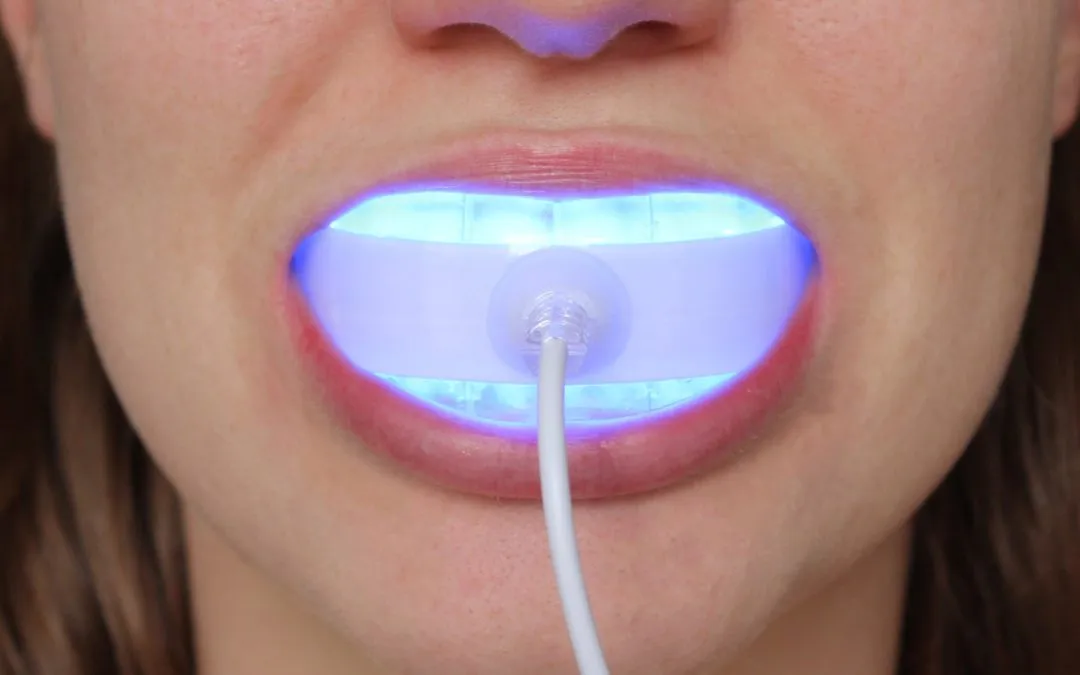
The interaction between UV light and whitening agents is central to the effectiveness of the procedure. UV light acts as a catalyst, speeding up the chemical reactions that break down stains within the tooth structure. The bleaching agents, typically containing hydrogen peroxide, release oxygen molecules when activated by UV light. These oxygen molecules then react with the stain molecules, breaking them down and making the teeth appear whiter. The efficiency of this process depends on several factors, including the concentration of the bleaching agent, the intensity and wavelength of the UV light, and the duration of exposure. Proper application and control are vital to ensure both effectiveness and patient safety, preventing potential damage to the tooth enamel or soft tissues.
Different Types of Whitening Agents
Whitening agents come in various forms, but the most common include hydrogen peroxide and carbamide peroxide. Hydrogen peroxide is a powerful bleaching agent often used in higher concentrations in professional treatments, yielding faster and more dramatic results. Carbamide peroxide, on the other hand, breaks down into hydrogen peroxide, providing a milder but sustained whitening effect. It is frequently found in at-home whitening kits. The concentration of these agents varies, with professional treatments typically utilizing stronger formulations than those available over the counter. The choice of agent and concentration depends on factors like the severity of the staining, the patient’s sensitivity, and the desired outcome.
The Role of UV Light in Speeding Up Whitening
UV light significantly accelerates the teeth whitening process by enhancing the activity of the bleaching agents. It does this by increasing the rate at which the hydrogen peroxide releases the oxygen molecules, which are the active agents in breaking down stains. This acceleration means shorter treatment times and often more immediate results. The application of UV light is carefully timed and controlled to avoid overexposure and potential side effects. The precise wavelength and intensity of the light are selected to ensure optimal activation of the bleaching agents while minimizing risks. The combination of UV light and whitening agents is designed to offer patients a faster and more efficient route to a brighter smile, making it a popular choice in dental practices.
UV Light’s Effects on Tooth Enamel
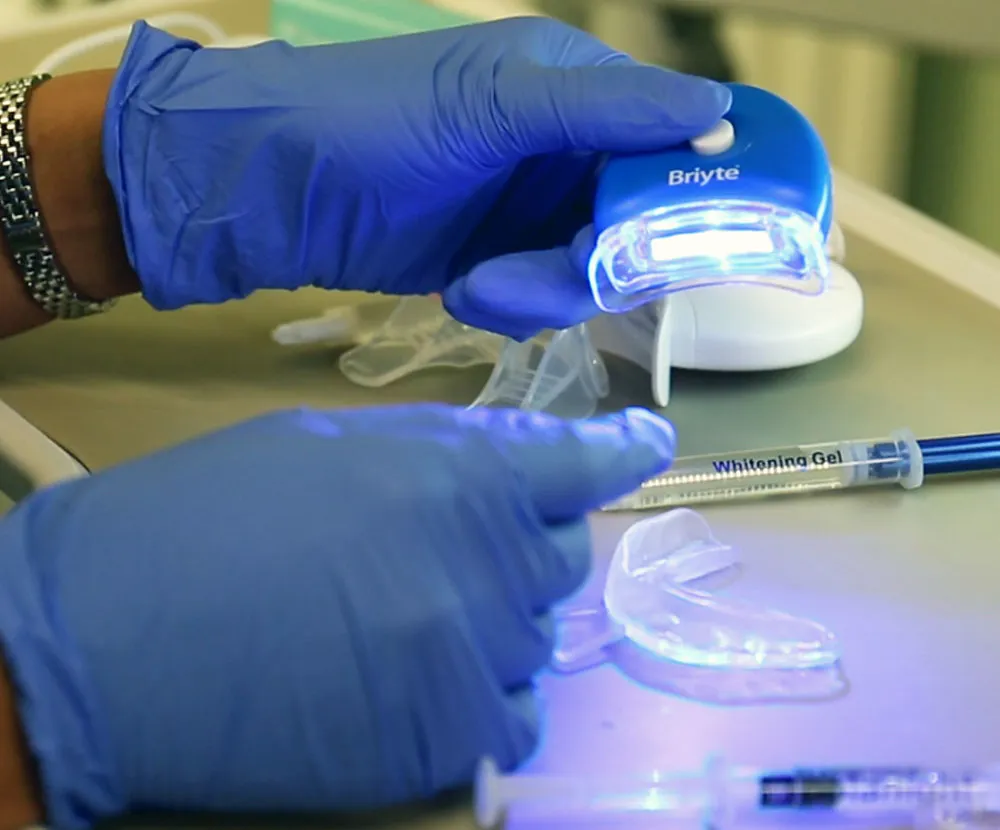
The effect of UV light on tooth enamel is an essential consideration in teeth whitening procedures. While UV light itself does not directly damage the enamel, the use of concentrated bleaching agents, in conjunction with the light, can potentially lead to changes. Overuse or misuse can lead to increased tooth sensitivity and, in rare cases, enamel erosion. Proper application techniques, controlled exposure times, and the use of protective measures, like isolating the gums and using desensitizing agents, are crucial to minimize these risks. Furthermore, the quality of the whitening products and the patient’s oral health status also play a role in determining the impact of UV light treatment on tooth enamel. It’s important to follow professional guidelines and aftercare instructions to preserve enamel integrity.
The Benefits of UV Light Teeth Whitening
UV light teeth whitening offers several advantages over traditional methods. The primary benefits include faster and more effective whitening, often noticeable after just one session. This accelerated process can be particularly appealing for individuals seeking quick results for special occasions or those who are impatient with longer treatment durations. Professional treatments, combined with UV light, provide a more controlled environment, allowing dentists to customize the whitening process to individual needs and tooth sensitivity levels. The use of UV light also enhances the overall experience by potentially reducing the treatment time while achieving more dramatic results. It is a highly sought-after cosmetic procedure for those desiring immediate and significant improvements in their smile’s appearance.
Enhanced Whitening Results
The use of UV light in teeth whitening often leads to more dramatic and consistent results compared to methods without light activation. The light enhances the breakdown of stain molecules, resulting in a more thorough and even whitening effect. This is particularly beneficial for patients with stubborn stains that may not respond as well to other whitening techniques. The ability to achieve a brighter and more uniform shade of white enhances the aesthetic outcome, contributing to a confident and radiant smile. Professional application of UV light allows for precise control and adjustments to the treatment, ensuring the best possible results tailored to individual needs and desires. The effectiveness of UV light whitening makes it a popular choice for those seeking significant improvements.
Faster Whitening Process
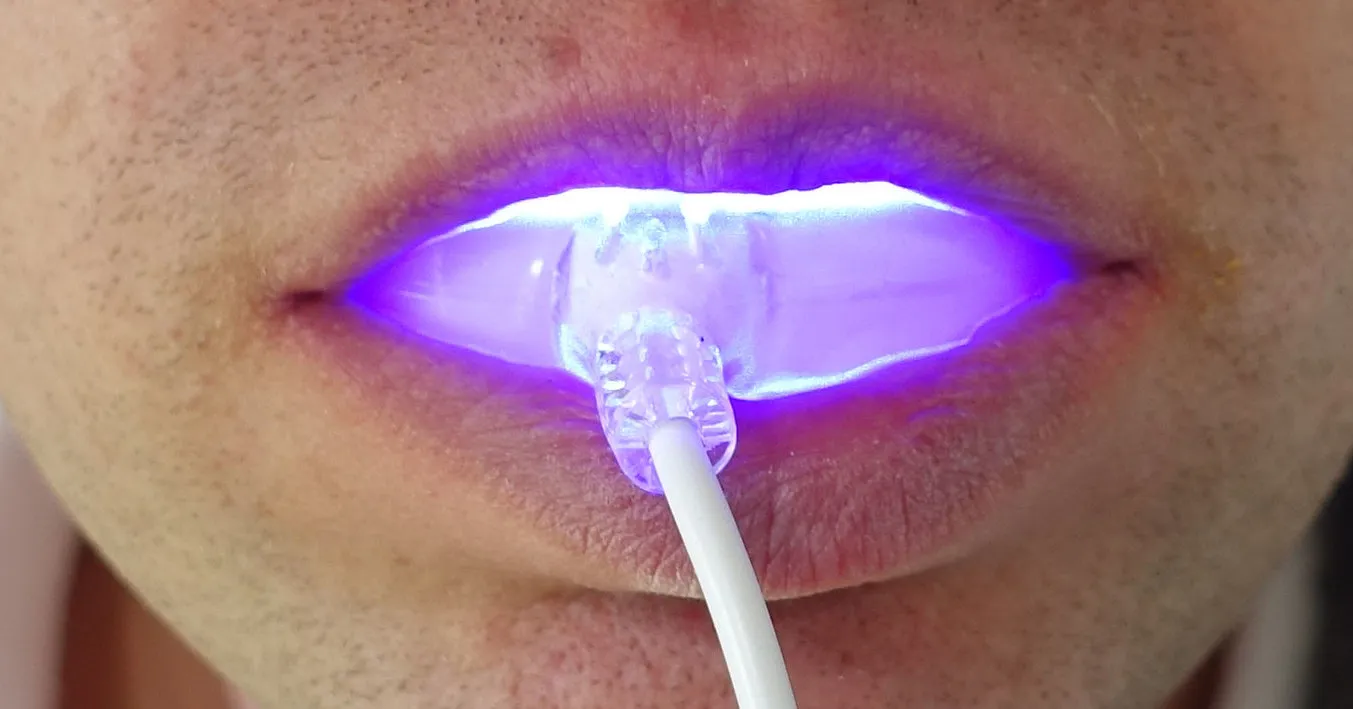
One of the most significant advantages of UV light teeth whitening is the reduced treatment time. UV light accelerates the chemical reactions needed to break down the stains, leading to faster results. Professional treatments, with the assistance of UV light, can often achieve noticeable whitening in a single session, which typically lasts from 60-90 minutes. This contrasts with at-home methods, which may require weeks of consistent use to achieve similar levels of whitening. The speed of the process is particularly beneficial for busy individuals or those who need quick results for events or other time-sensitive requirements. The efficiency of UV light whitening makes it a convenient and attractive option for those seeking to brighten their smiles rapidly.
Potential Risks and Side Effects
While UV light teeth whitening is generally safe, it is essential to be aware of the potential risks and side effects. The most common side effect is temporary tooth sensitivity, which can range from mild discomfort to more intense sensations. Other potential risks include gum irritation and, in rare cases, enamel damage if the procedure is not performed correctly or if the patient does not adhere to post-treatment guidelines. Overexposure to UV light can also cause adverse effects. Understanding these risks and following professional advice is crucial to ensure a safe and effective whitening experience.
Sensitivity and Irritation
Tooth sensitivity is a common side effect of UV light teeth whitening. It occurs because the whitening agents can penetrate the enamel and reach the dentin, which contains nerve endings. This can cause temporary discomfort, especially when consuming hot or cold foods and drinks. Gum irritation is another potential issue, particularly if the gums are not adequately protected during the procedure. This can manifest as redness, swelling, or tenderness. These side effects are typically temporary and subside within a few days after treatment. The dentist can provide guidance on managing sensitivity and irritation, such as using desensitizing toothpaste or fluoride treatments, to alleviate discomfort and promote healing.
Overexposure and Safety Precautions
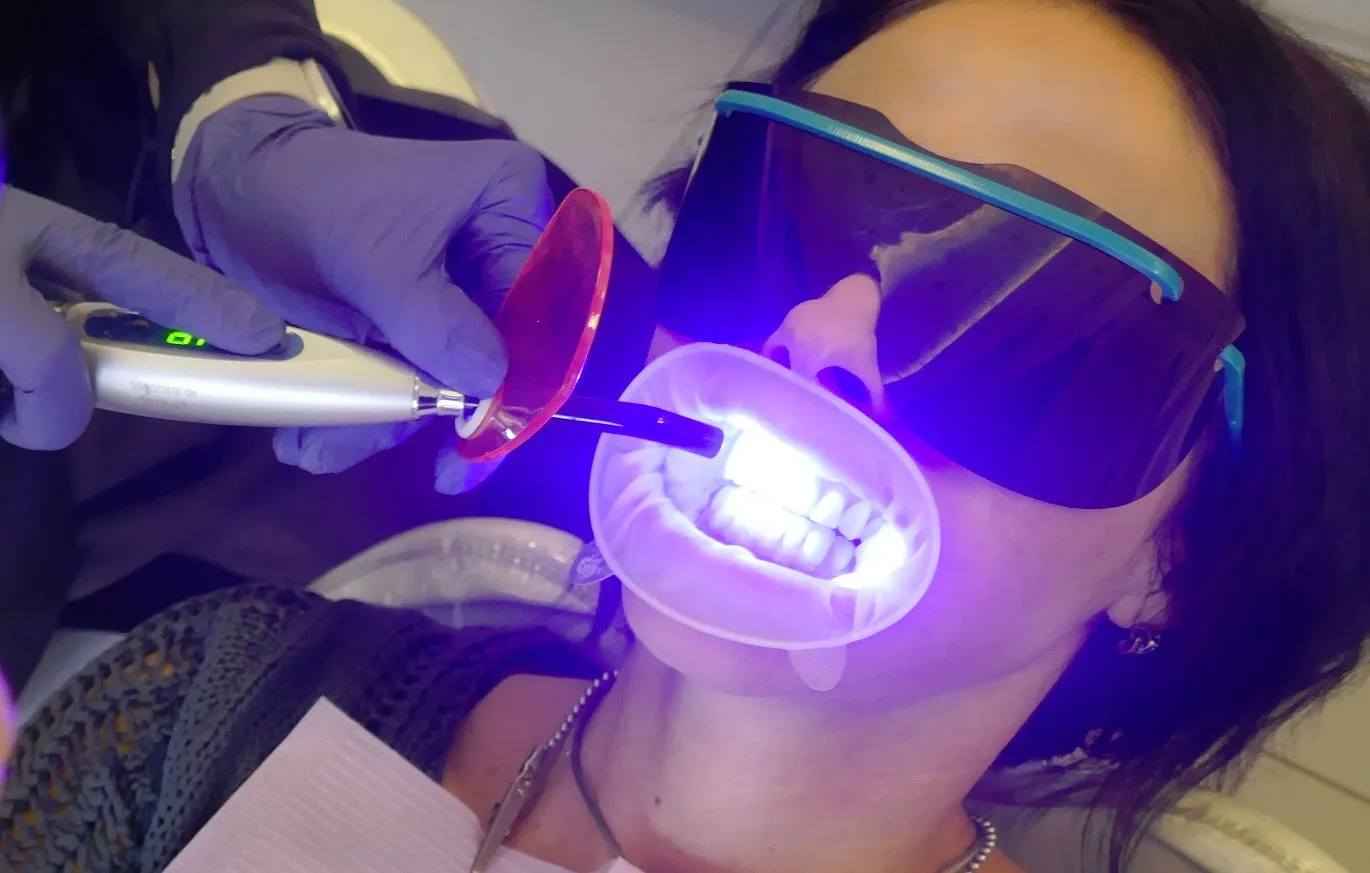
Overexposure to UV light during teeth whitening can pose risks. Prolonged or intense exposure may increase the likelihood of tooth sensitivity, gum irritation, and, in extreme cases, enamel damage. To mitigate these risks, dental professionals take several safety precautions. They carefully control the duration and intensity of the UV light exposure. Protective barriers, such as cheek retractors and protective eyewear for both the patient and the dental staff, are used to prevent the light from reaching unintended areas. The application of a protective barrier for the gums further minimizes potential irritation. Patients should always follow the dentist’s instructions and aftercare advice to ensure the safest and most effective whitening experience.
How to Choose a UV Light Whitening Treatment
Selecting the right UV light teeth whitening treatment involves considering various factors, including the type of treatment, the expertise of the dental professional, and your personal preferences and needs. It’s essential to choose a reputable dentist experienced in UV light whitening procedures. They can assess your oral health, determine the suitability of the treatment, and tailor the process to your needs. Researching different options, comparing costs, and reading reviews can help you make an informed decision. Understanding the treatment process, potential risks, and expected outcomes is also critical. Always prioritize professional guidance and adhere to the dentist’s recommendations for the best results and a safe, comfortable experience.
Professional vs. At-Home Kits
UV light teeth whitening treatments are available in both professional and at-home kits, each with its own advantages and disadvantages. Professional treatments, administered by a dentist, typically use higher concentrations of whitening agents and more powerful UV light, resulting in faster and more dramatic whitening. These treatments also offer personalized care, including custom-fitted mouth trays and protection of the gums and soft tissues. At-home kits, on the other hand, are more convenient and cost-effective, but may require more time to achieve noticeable results. They typically use lower concentrations of whitening agents and may not be as effective for severe stains. The choice between professional and at-home kits depends on your desired results, budget, and convenience preferences. Consulting with a dentist can help you make the most appropriate choice based on your individual needs.
Factors to Consider
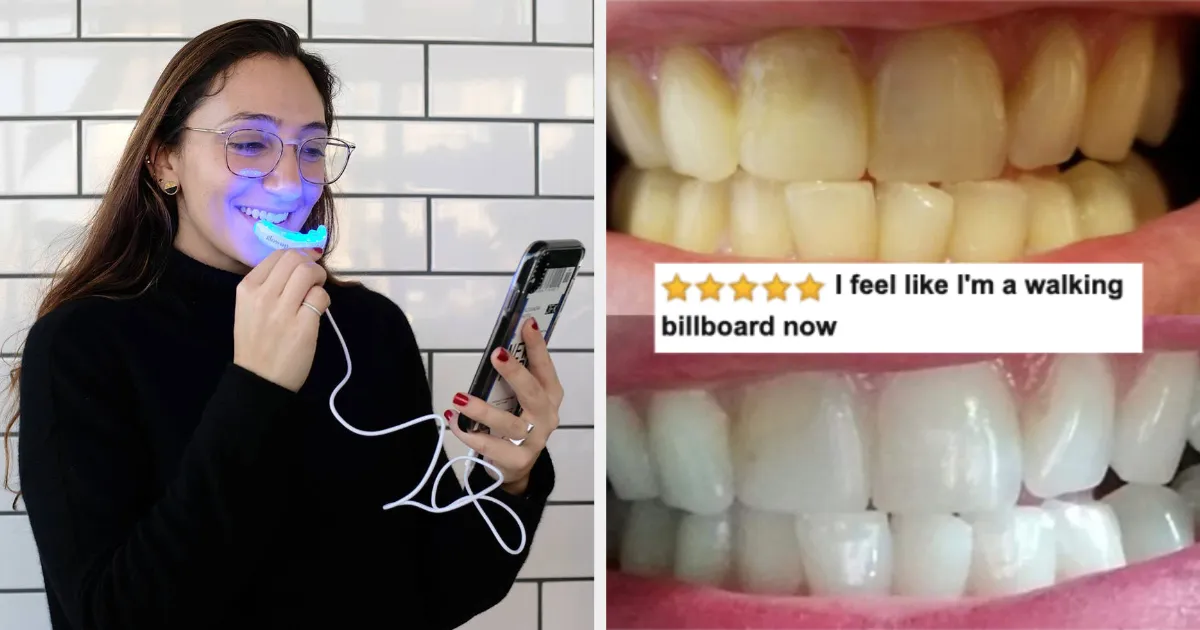
When choosing a UV light teeth whitening treatment, several factors should be considered. The severity of your tooth discoloration is critical; more severe stains may require professional treatment. Your oral health, including any existing dental work or sensitivity, is another important factor. The cost of the treatment and your budget should also be taken into account. Additionally, consider the time commitment required for the treatment, whether it is a single professional session or a series of at-home applications. The expected results and the longevity of the whitening effects should also be weighed. It is always advisable to consult with a dentist to discuss your options, assess your oral health, and receive personalized recommendations.
Maintaining Your White Smile After UV Treatment
Maintaining the results of UV light teeth whitening involves adopting specific habits and practices. Regular dental check-ups and cleanings are essential for preserving your bright smile and addressing any potential issues early. Avoiding foods and drinks that can stain teeth, such as coffee, tea, red wine, and dark-colored berries, is also important. Using a whitening toothpaste or mouthwash can help maintain the whiteness and prevent new stains from forming. Regular brushing and flossing, combined with good oral hygiene, further support long-term results. Following your dentist’s recommendations and any specific post-whitening instructions will help ensure that your investment in teeth whitening lasts as long as possible.
Best Practices for Post-Whitening Care
Following the best practices for post-whitening care is critical for maintaining a white smile. Avoid staining foods and drinks for at least a week after the treatment, allowing the enamel to stabilize and reduce the risk of new stains. Use a soft-bristled toothbrush and a non-abrasive toothpaste to prevent damage to the enamel. Avoid smoking, as it is a major cause of tooth discoloration. Schedule regular dental check-ups and cleanings to remove surface stains and maintain oral health. Consider using a whitening toothpaste or mouthwash to further enhance and preserve the whitening effects. Consult your dentist for any specific post-whitening instructions or recommendations tailored to your treatment and oral health needs.
